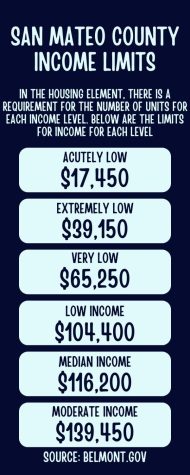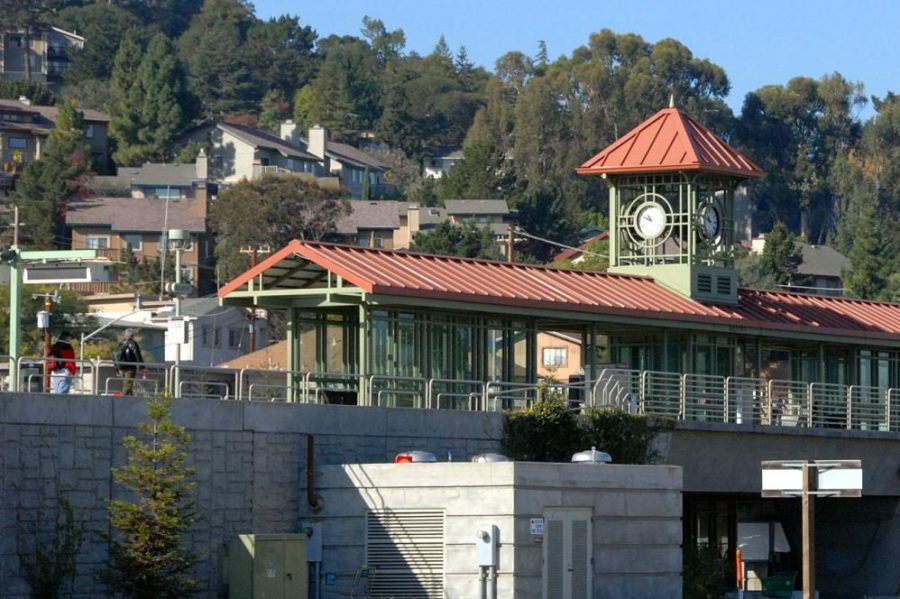The city of Belmont is beginning plans to create close to 2,000 units to house thousands of new residents, mainly in East Belmont.
Every eight years, California requires that cities introduce new housing elements. Housing elements are proposals to increase the city’s housing capacity by zoning lots of land so that developers can come to the city and build new units.
“The State of California has passed a number of laws in recent years to require cities to build a lot more housing. Our state is short about 2 million housing units (homes or apartments), and we, especially in the Bay Area, are short on homes that are affordable for most families,” Belmont Planning Commissioner Gina Latimerlo said.
Belmont’s current draft of the 2023-2031 housing element is causing uproar amongst the Sterling Downs, Homeview, and El Camino neighborhoods because the majority of properties proposed in the latest draft are in eastern Belmont neighborhoods.
This also sparked a local movement called Save East Belmont. Save East Belmont aims to protect East Belmont from becoming flooded with new housing developments.
According to Latimerlo, the city attempted to distribute the lots as evenly as they could.
“We just worked really hard with the community to come up with a plan that feels reasonable to both residents, particularly in the eastern area of Belmont, where I live, too, and staff,” Latimerlo said.
Despite the city’s effort to create balance when composing the housing element, many residents feel the housing elements’ newest draft unfairly focuses on East Belmont.
“Residents in East Belmont have a fear of overcrowding and how that might impact their daily lives with more traffic and less parking. These residents wish that these new housing developments were spread out more equally across Belmont,” said junior Delfina Bianchi.
As far as the housing element, the state of California only requires that these lots of land are identified, not that they are necessarily made into units.

“There is not a requirement that housing actually is built, but that housing sites with legitimate potential for development are identified in the housing element,” City Councilmember Charles Stone said.
Each city in California must meet a Regional Housing Needs Allocation (RHNA) number. An RHNA number is the number of units the city must zone for in the housing element. Belmont’s RHNA number for the 2023-2031 housing element is 1,785.
Within that RHNA number, there are requirements for the number of units that must be available for different incomes.
“Around 40-50% of homes built will need to be affordably priced,” Latimerlo said.
Another factor in deciding on Belmont’s housing plan is transportation. The city wants to make public transit convenient for residents of potential developments. “You need to look at areas that have bike and transit potential, which happen to be in East Belmont,” Belmont Mayor Julia Mates said. “There are fewer in West Belmont, but there are some.”
For now, Belmont is waiting to receive any feedback from the state.
“It’s very important to understand that if Belmont does not make a good faith effort to comply with the state requirements, we can actually lose local land use decision-making authority until the housing element is brought into compliance and lose the ability to deny certain projects,” Stone said.






















